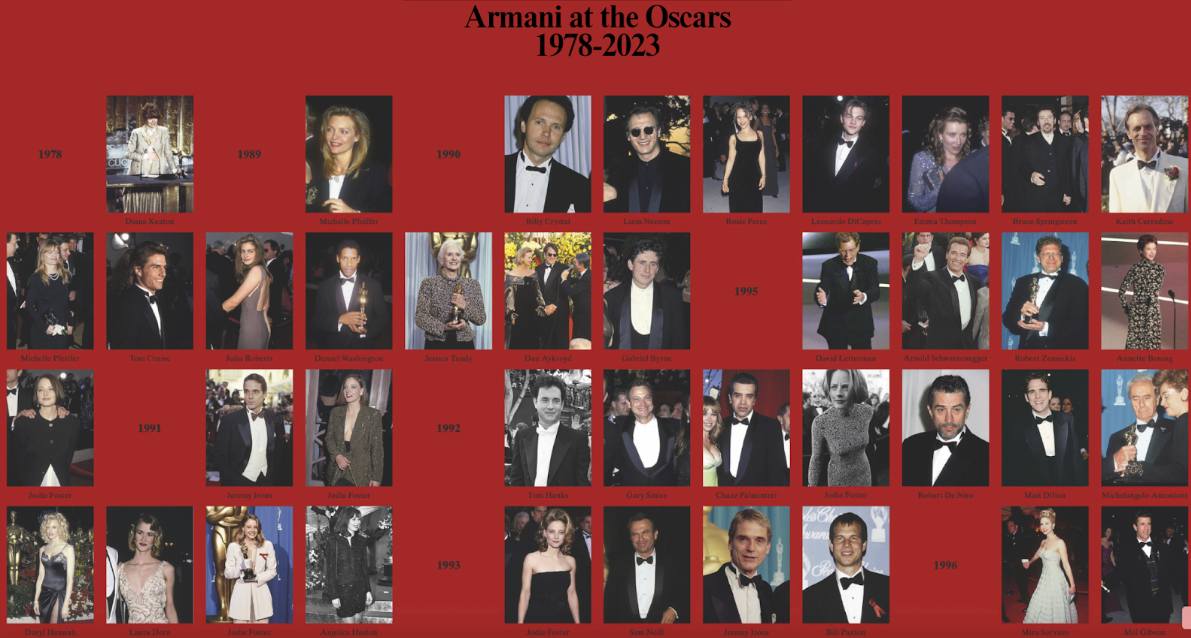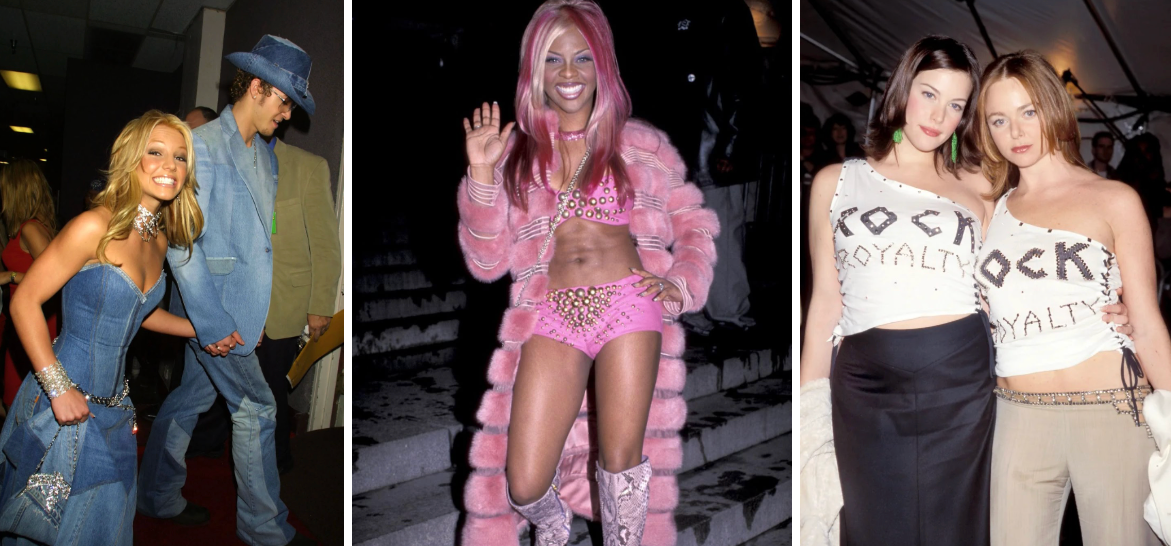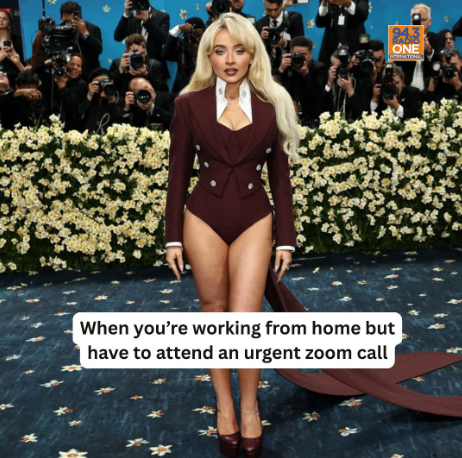Fashion's Post-Meme Era
Met Gala memes once defined the internet’s fashion discourse – now, they reflect its fatigue.

I started writing this some time ago, just as a reflection on the genre of fashion memes and their evolution in the last decade and a half. Then the 2025 Met Gala happened, with its “Tailored for You” dress code inspired by a new exhibit at the Metropolitan Museum of Art’s Costume Institute, called Superfine: Tailoring Black Style, and I had to recalibrate.
The Met Gala, specifically its red carpet, has become the clearest mirror of the current state of the popular fashion imagination. As other red carpet mainstays like the VMAs and EMAs faded into irrelevance, the Met Gala took their place as the preeminent fashion walk-through. (Fashion weeks are a close second; they still feel too insular, too insider.)
More than just a style showcase, the Met Gala also mirrors the speed at which we now consume, judge and emotionally process images. This is largely thanks to its deep entanglement with meme culture, which the Met Gala has come to wield as a form of soft cultural power. It doesn’t just show fashion – it becomes the discourse.

During the red carpet golden era – the 1990s Oscars, with Armani’s domination, documented beautifully in System magazine’s “Entertainment” issue – things moved slower. Attendees weren’t as media-trained, Joan Rivers was must-watch TV and the outfits weren’t instantly archived or recycled online. You saw them live, or you didn’t. Scarcity of information – what a time to be alive. The outfit would become inseparable from the person, shaping their media legacy.
The residue of any fashion faux pas was dramatic and lasting. Yet the meme was not there to make any fail into an everlasting fashion trope, to be regurgitated yearly, as a countdown to the event itself.

Fast forward to 2013. The Met Gala’s theme: “Punk: Chaos to Couture”. Instagram is three years old; the timeline is still chronological, the platform is still ad-free. Kim Kardashian is pregnant and wears a floral Givenchy dress – instantly christened “the couch dress.” This iconic outfit shifts the idea of basicness and conceptual fashion. But most importantly, it is meme-ed.
This is the pivot: post-event memeing becomes its own genre. Not just commentary, but creative participation – the era of observations and silly jokes, camaraderie and elaborate photoshop collages, bad pans and uninhibited-ness. The Gala opens to the public not through access but through shared online language. It finally entered the chat.

From a private, elite event, with seldom paparazzi coverage, the Met Gala’s cultural transmission became global by speaking both fashion and meme. It became less about who’s invited and more about how the moment is interpreted. Bringing attention to the Met Gala did not intend mockery, perhaps. But is there a mode of fashion appreciation without judgement?
Then comes the shift: memes not after the fact, but during. The live coverage apocalypse. It’s 2019, the theme is “Camp: Notes on Fashion” and Karlie Kloss is looking camp – perhaps even dead – right in the eye. The red carpet dress code is “Studied Triviality”. We are on the edge of post-irony. Memes are, fittingly, an expected triviality at this point. Lady Gaga brings on the big guns with what will go down in Met history as the stairs-unrevealing performance, where she will change her outfit four times.

By now, the Met Gala has fully rebranded as live theatre. We are online, locked in and memeing. But with performance comes pressure: real-time reaction means less freedom to take risks. The outfits will go downhill from here. The fear of making a mistake seeps in like never before. As with any live event, the control is limited and the public is more judgmental: never meet your heroes!
As I was saying: I started writing in anticipation of this year’s Met Gala. Over the past few years, I’ve noticed that memes have effectively become the Met – there’s no need to see the red carpet anymore when we can preemptively meme what we already expect. Celebrities no longer dress to avoid being meme-ed, but to manufacture virality – a moment designed to feel memeable, though it usually plays out more like a solo performance. Big difference.
As a marketing machine, the Met Gala probably doesn’t care. Mentions are mentions. But the general disillusionment and lack of excitement around the event have turned “memeing in advance” into a kind of coping strategy: it’s probably going to suck, but at least we can have fun before it happens.
And yet, I think we’re past even that now. I want to agree with our resident meme genie Al Hassan Elwan, aka POSTPOSTPOST, who said, “There’s a new-beginning rhetoric emerging – not from hope, but from boredom with dooming.” (See the Recession Indicators SEED.)
There were no major memes before, during or after the Met Gala this year. The biggest viral moment? Sabrina Carpenter without pants. And that’s just sad. The event failed to transmit.

I want to believe that after all these years of collective meme education, the public that is still interested in the event has developed the patience – and tools – to engage with the exhibition itself, which the Met Gala is ultimately meant to spotlight. This year’s theme deserves it. It invites time, thought and an attention span. What if the Met Gala sought coverage beyond the looks?
Here’s to wishful thinking:
- What if we got a three-week pre-Met Gala press tour with all the independent media outlets in the mix? I’d love to hear Hamish Bowles deciding whether to do his fit check top down or bottom up on Throwing Fits.
- Instead of the usual “get ready with me” content from hotel rooms, give us a docu-series like F1’s Drive to Survive, but make it PR teams and fashion houses prepping for the Met. We could get into how hard it is to read Susan Sontag before a party, or something. Many opportunities here.
- And while we’re dreaming, how about a free MasterClass on the literature and historical context behind the theme featuring Nobel Prize nominated speakers – hosted by Dua Lipa, of course.
| SEED | #8317 |
|---|---|
| DATE | 08.05.25 |
| PLANTED BY | ELIZAVETA FEDERMESSER |


